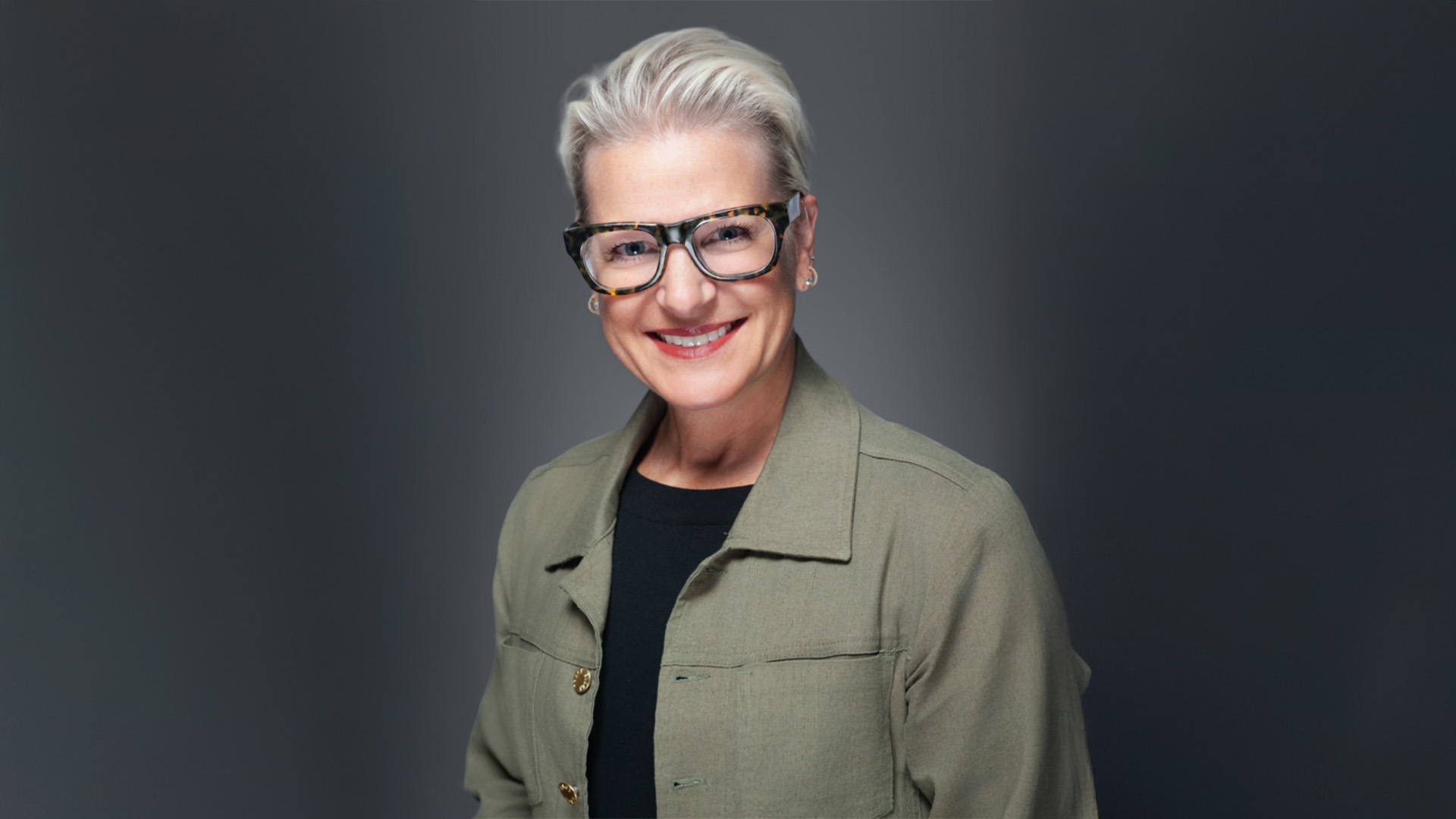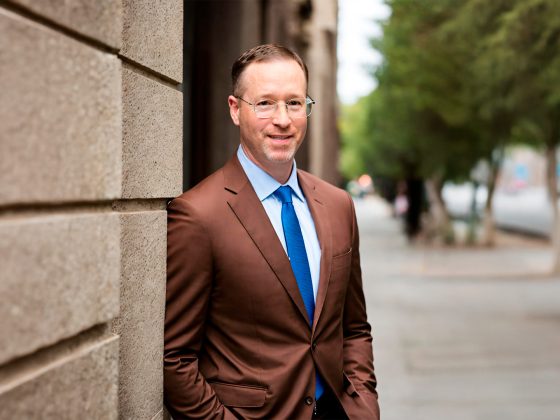On a quiet morning in an airport lounge, Beth Mach notices something many overlook. Travelers pause at the magazine rack, fingers grazing glossy covers, eyes lingering over headlines. Some choose a publication, flipping through pages with a calm focus, a less common sight nowadays with endless online resources competing for attention.
For Mach, Co-Founder and Chief Operating Officer of Spacely, moments like this are more than nostalgia. “It is in these pauses that we find the opportunity for a different kind of connection,” she says. That connection, she believes, is where sustainability and meaningful engagement intersect. With over 25 years in global marketing and media, Mach has advised startups, led teams across continents, and spoken on TEDx stages, yet her current mission continues to revolve around key issues like environmental impact, specifically how advertising can reduce its footprint while still delivering meaningful engagement.
Reconnecting with Environmental Impact
“One of the growing areas of concern for me is that we have lost touch with the impact on our surroundings,” Mach says. She challenges industry peers to look beyond recycling habits and confront the carbon footprint of media placements themselves. Her perspective was shaped in part by global travel, where she has encountered regions without reliable electricity or internet. “We take for granted that the lights will always be on and our Wi-Fi will always work. But we should be thinking about how not to overuse and waste those resources.”
Rethinking Digital vs. Physical Consumption
Digital campaigns are often assumed to be more sustainable than physical formats. Mach disputes this assumption, pointing to the environmental toll of data centers and AI processing and highlighting how print publishers using recycled materials and sustainable printing can sometimes outperform digital in total environmental cost. “It is kind of fun to see how much you can turn off and consume in different ways that might be more beneficial to you as a human, not in front of a screen, but flipping through a page with a longer shelf life.” The tactile experience of print, she notes, also offers mental benefits. “When people walk up to a newsstand or step into an airport shop, they are present. That is a form of mindfulness, and it is connected to sustainability through intentional engagement.”
Mindfulness as a Business Strategy
Mach’s sustainability philosophy is not limited to materials. It is about creating space for deeper engagement. “There is this mental engagement, kind of turn off your tech impact that could be incredibly beneficial,” she says. That slowing down extends the life of media assets, reducing waste. She recalls when print publications were passed from colleague to colleague. “It was not a one-time-use vehicle. There was a pass-along value that made the content more sustainable, socially and environmentally.”
Concrete Actions for Sustainable Ad Tech
Mach’s framework for action includes:
- Choosing media partners with active sustainability initiatives: “Understand the supply chains. Make sure you are choosing partners who are really looking to reduce their footprint.”
- Repurposing and optimizing creative assets: “Look at creative optimization differently instead of going back to the drawing board every time.”
- Working with vendors using recycled materials: “Many companies use recycled paper or billboards. Partner with those who are physically reducing their environmental impact through their products.”
Building a Legacy of Responsibility
Sustainability isn’t a standalone project. It’s a mindset that must be embedded into every decision, from campaign planning to production to distribution. Her belief is clear: environmental stewardship and marketing innovation can strengthen one another. As she sees it, the future of advertising will belong to those who can achieve both.
To follow Beth Mach’s work and insights, connect with her on LinkedIn or visit her website.










